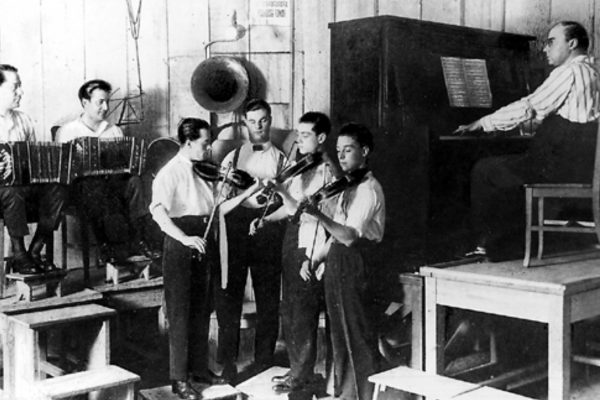I — Milonga DJ sound technique
When DJing a successful milonga, there are a number of technical issues that are important to take into account. The main of these are: (1) media quality, (2) equalisation, (3) digital-analogue conversion, and (4) speaker output.









